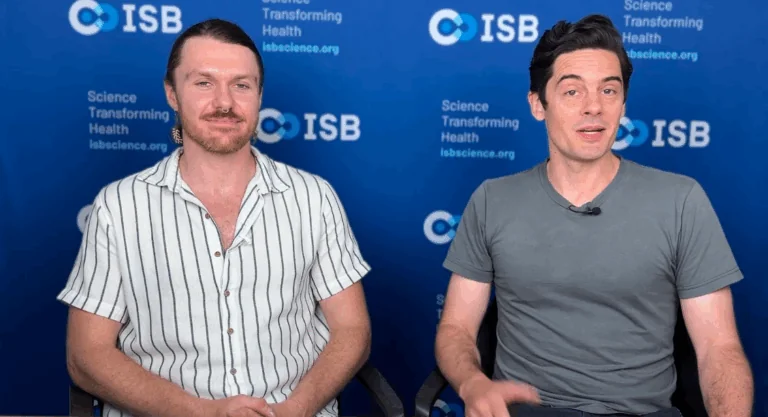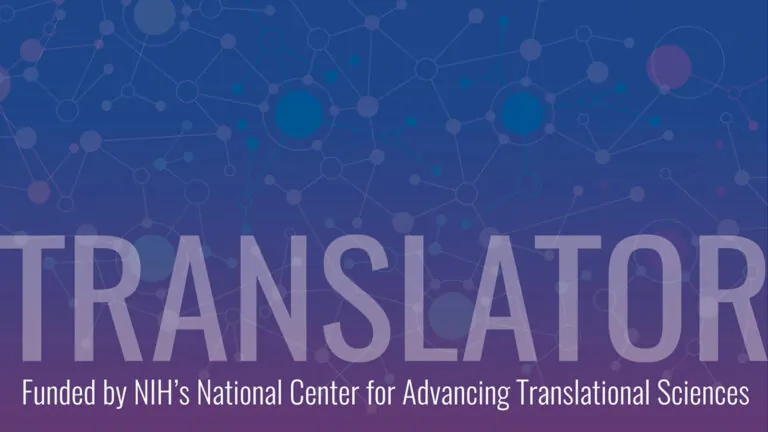New Metabolic Modeling Tool Allows Microbiome Researchers to Map Community Ecology to Ecosystem Function
A promising new open-source metabolic modeling tool provides microbiome researchers a path forward in predicting ecosystem function from community structure. News of the software package, called MICOM, was developed in part by researchers in ISB’s Gibbons Lab, and its uses were published in the journal mSystems.

Changes in the makeup of the gut microbiome have long been associated with a host of medical conditions, such as obesity, diabetes and Crohn’s disease. However, researchers have had a difficult time pinning down exactly how the ecological composition of an individual’s gut influences how that ecosystem actually functions.
To date, connecting a person’s microbial ecology to metabolic function has been extremely difficult,” said Dr. Christian Diener, first author of a recently published article in the journal mSystems and postdoctoral fellow in ISB’s Gibbons Lab. “Experiments can be slow and time-consuming and prior computational methods do not incorporate the complex growth interactions between different microbes in our gut.”
Now, a promising new open-source modeling tool provides a path forward in predicting ecosystem function from community structure.
MICOM (short for MIcrobial COMmunity) is a software package that extends metabolic modeling to entire microbial communities by integrating 818 genome-scale metabolic models, individual-specific gut bacterial abundance profiles, and personalized dietary information, along with a computationally efficient tradeoff that allows for co-optimization of both whole community and individual bacterial growth rates. MICOM was co-developed by the Gibbons Lab and Resendis-Antonio Lab at RAI-UNAM and the National Institute of Genomic Medicine in Mexico City (INMEGEN).
Researchers applied MICOM to metagenomes from 186 people. The cohort included a metabolically healthy population, as well as individuals with type 1 and type 2 diabetes. For each individual, MICOM was able to estimate bacterial growth rates, infer microbe-microbe and microbe-host metabolic interactions, and make personalized predictions for simulated dietary and probiotic interventions. MICOM-inferred bacterial growth rates were fairly consistent with bacterial replication rates inferred directly from the metagenomic data (using an independent method), which provided an important validation of the model.
Accelerating Personalized Nutrition, Ecological Therapeutics
MICOM revealed several surprising insights into the ecology and ecosystem function of the human gut microbiome. For example, individual bacterial taxa consumed a similar “diet” independent of their community context (i.e. their metabolic niche was conserved across humans), while the community-level production levels of many health-associated metabolites (e.g. short-chain fatty acids, known to reduce intestinal inflammation) were highly individual-specific. In particular, the model output showed short chain fatty acid production was lower in individuals diagnosed with type 1 diabetes when compared to healthy controls given the same dietary inputs, which is consistent with prior research on diabetes. MICOM was able to estimate metabolic cooperation or competition between microbial taxa embedded within a complex community, which would be almost impossible to observe experimentally. Finally, the model was able to make personalized predictions for how individuals would respond metabolically to specific dietary or probiotic interventions.
This powerful modeling framework is extremely promising. MICOM provides a mapping between microbial community structure and ecosystem function. The ability to rapidly generate hypotheses for how lifestyle interventions influence ecosystem function in the context of a given individuals’ microbiome and diet will greatly accelerate the fields of personalized nutrition and ecological therapeutics.
“With MICOM, we’ve shown that high-throughput, accurate, predictive inferences about ecosystem function are attainable,” said Dr. Osbaldo Resendis-Antonio, professor at RAI-UNAM and INMEGEN, and co-corresponding author on the paper. “We believe MICOM can serve as a useful tool for generating mechanistic hypotheses for how diet and microbiome composition influence community function.”


